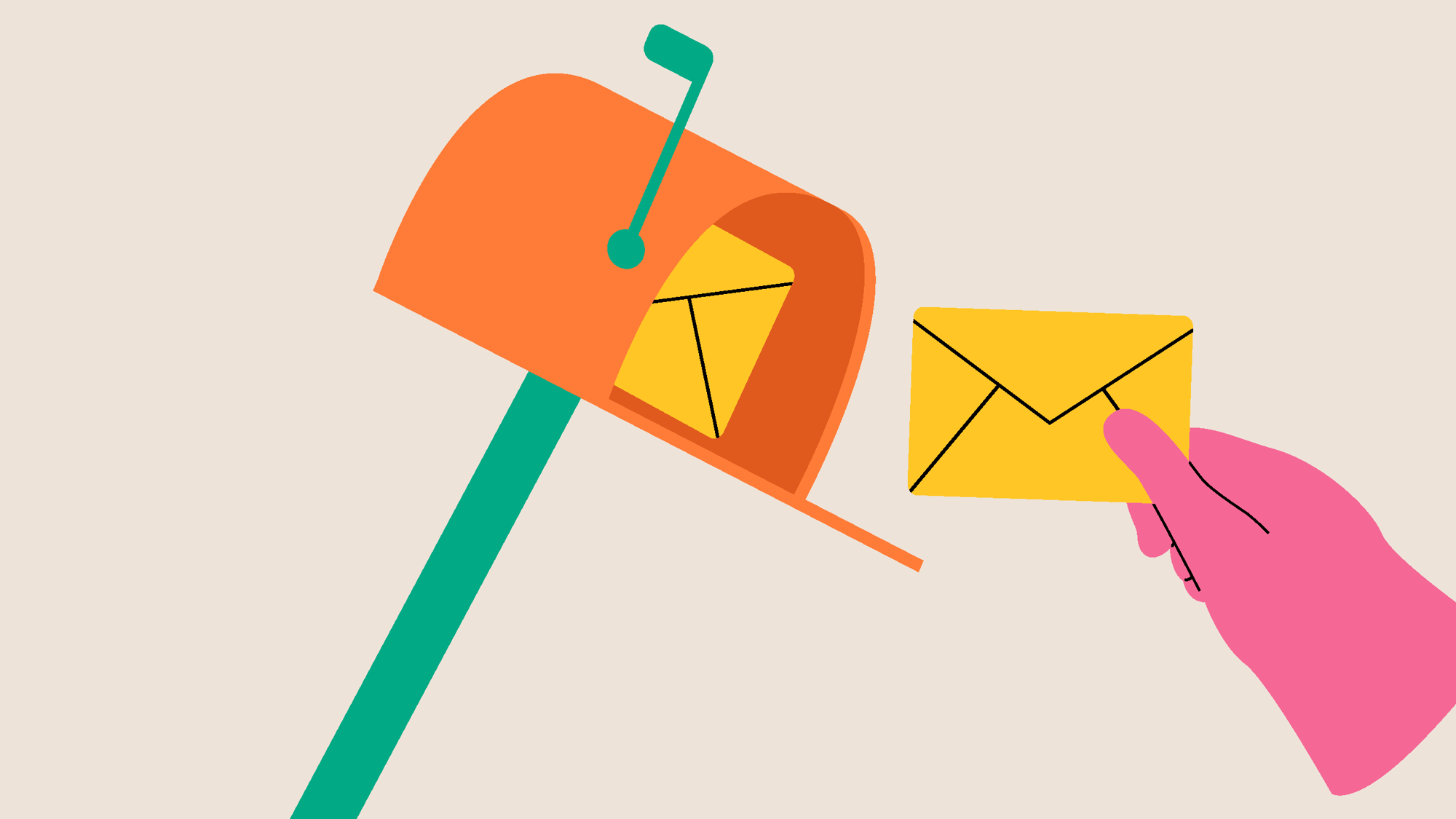How Direct Mail Can Help Companies Reduce Operational Costs

One of the most common uses of direct mail for companies is customer communications, including a variety of time-sensitive documents like invoices, statements, and benefits explanations. While these kinds of customer communications can be extremely effective given the importance and trust customers place in print, there was a time when producing these personalized documents was a complicated, costly process.
“Most transactional printing involves bills, statements, or letter mail, which are characterized by short text segments in headers and text with low overall page coverage,” write Elizabeth Gooding and Mary Schilling, authors of The Designer’s Guide to Inkjet, 3rd Edition. “In the past, the logo and color portions of the document would be part of a preprinted letterhead or form produced on an offset press and warehouse until needed.”
The good news is digital inkjet printing is simplifying the process of using direct mail for customer communications in ways that can actually reduce overall operational costs.
The role of digital inkjet in optimizing direct mail
The world of transactional communications has experienced a transformation with the advancement in digital print technology. While some companies have simply moved away from the costly and cumbersome prepress processes of offset printing in favor of the flexibility and speed of inkjet, others have taken things one step further, leveraging inkjet’s ability to print full-color and variable data mailers.
“The color and personalization capabilities of full-color inkjet open up a world of possibilities for transforming customer communications,” explain Gooding and Schilling. However, leveraging the power of inkjet to truly optimize transactional direct mail and help reduce operational costs means thinking more strategically about the design of your mailers. “Design initiatives should focus on measurable deliverables such as reduced call volumes related to confusion about bills and increased interaction around new offers.“
But customer communication is not limited to letter mail — in fact, many companies are thinking outside the envelope when it comes to applications like welcome letters or benefits statements in an effort to reduce call center volumes or other types of inquiries. The cost effectiveness of digital inkjet means more companies are now printing tailored onboarding documents or welcome packets across a wide range of industries.
“Welcome packages for health or property insurance, utilities, wealth management, and professional services may look like high-end direct mail, but they are intended to reduce call volumes, build customer loyalty, and even sell new offers,” explain Gooding and Schilling.
Tips for using digital inkjet to reduce operational costs via direct mail
Customer communications present some unique and interesting opportunities for designers who understand how to design interactive, personalized print. Here are a few tips that can help designers produce direct mailers that better engage customers and help companies reduce operational costs.
-
Replace static ‘backer’ text for disclosures with targeted point-of-need disclosure language. This reduces the page count of the mailer and puts the focus on the most relevant information.
-
Create dynamic branding that includes corporate and local representation. For example, branding that incorporates contact info for bank and branch, or insurer and insurance agent.
-
Create self-mailers or postcards that augment electronic communications. This creates a more multi-channel communication strategy with print and digital touchpoints to engage customers in a variety of ways.
-
Replace preprinted inserts with dynamically printed offers, coupons, or other incentives that leverage variable data to better connect with customers. This can help increase brand loyalty and offer valuable cross-selling or upselling opportunities.
Producing direct mail that helps reduce operational costs hinges on one thing: transforming traditional customer communications into must-read messaging that demonstrates a company knows who their customers are and what they want.
While these tips will help get you started, there’s still much to know about the benefits digital inkjet provides in helping designers uplevel print projects in almost any application. Download The Designer’s Guide to Inkjet, 3rd Edition to get everything you need to know about maximizing what digital inkjet print has to offer.